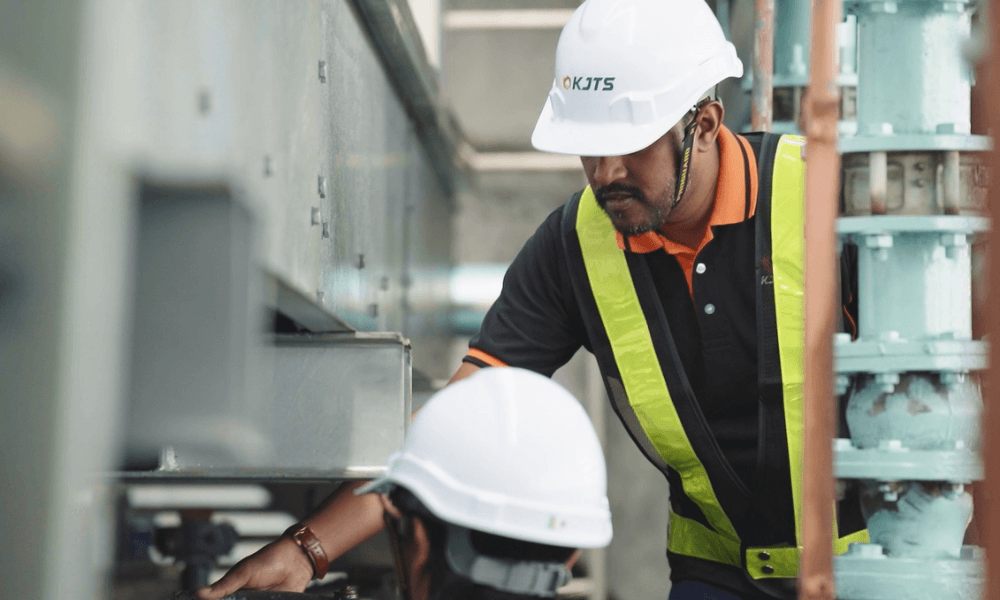
How District Cooling Systems Lower Energy Costs
As energy costs continue to rise, businesses and large facilities are seeking more sustainable and cost-effective ways to manage their energy consumption. District cooling systems (DCS) have emerged as a key solution, offering significant operational cost savings while enhancing energy efficiency. But how exactly do these systems reduce costs? Let’s explore the financial and operational advantages that make district cooling an attractive choice for large-scale facilities.
What is District Cooling?
District cooling is a centralised cooling system that distributes chilled water through a network of pipes to multiple buildings within a district or complex. Instead of relying on individual air conditioning units, facilities share a single cooling source, reducing energy consumption and operational costs.
Economies of Scale
One of the primary ways district cooling systems lower energy costs is through economies of scale. By serving multiple buildings, a district cooling plant can operate more efficiently than several individual units. This centralised approach reduces redundancy, optimises energy usage, and lowers maintenance costs.
Reduced Peak Demand Charges
Energy providers often impose peak demand charges during periods of high electricity usage. District cooling systems can significantly reduce these charges by operating during off-peak hours to produce and store chilled water, which is then used during peak periods. This load shifting minimises electricity consumption when rates are highest, resulting in substantial cost savings.
Enhanced Energy Efficiency
District cooling plants utilise advanced technologies such as high-efficiency chillers, thermal energy storage systems, and automated controls. These innovations ensure optimal performance and reduce energy wastage, translating to lower utility bills for facilities connected to the network.
Lower Maintenance and Operational Costs
Maintaining multiple individual cooling units can be expensive and labour-intensive. District cooling systems centralise maintenance efforts, reducing the need for extensive manpower and frequent repairs. Additionally, the use of high-quality equipment in district cooling plants extends the system's lifecycle, further lowering long-term costs.
Sustainability and Cost Savings
By reducing overall energy consumption, district cooling systems contribute to lower greenhouse gas emissions. Many governments and organisations offer incentives and subsidies for adopting sustainable practices, providing additional financial benefits to facilities that implement district cooling solutions.
Conclusion
District cooling systems are not just about keeping buildings cool; they are about doing so efficiently and cost-effectively. For large facilities, the financial advantages of district cooling are clear: reduced energy costs, lower maintenance expenses, and enhanced sustainability. As the demand for energy-efficient solutions grows, district cooling stands out as a smart investment for the future.